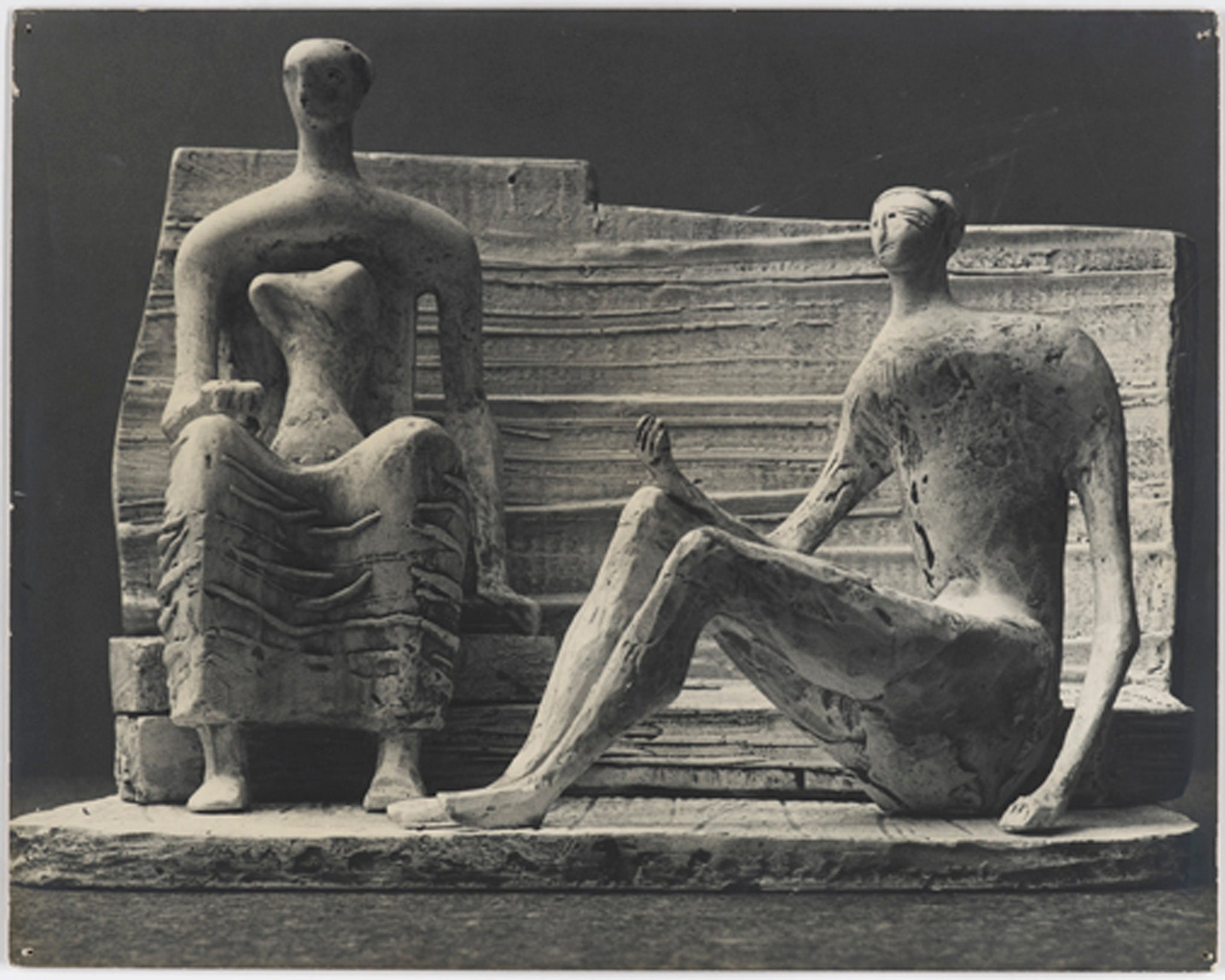Through the sculptor's lens: Henry Moore and Constantin Brancusi capture their own works
Moore and Brancusi were prolific photographers

Your support helps us to tell the story
From reproductive rights to climate change to Big Tech, The Independent is on the ground when the story is developing. Whether it's investigating the financials of Elon Musk's pro-Trump PAC or producing our latest documentary, 'The A Word', which shines a light on the American women fighting for reproductive rights, we know how important it is to parse out the facts from the messaging.
At such a critical moment in US history, we need reporters on the ground. Your donation allows us to keep sending journalists to speak to both sides of the story.
The Independent is trusted by Americans across the entire political spectrum. And unlike many other quality news outlets, we choose not to lock Americans out of our reporting and analysis with paywalls. We believe quality journalism should be available to everyone, paid for by those who can afford it.
Your support makes all the difference.Thanks to Henry Moore’s private passion for photography, we can now, for the first time, see sculptures by him that were never made. The late British artist, known for his monumental bronzes, meticulously photographed his own ideas, often from many different angles. Now these photographs are in a new exhibition in London.
Rodin, Brancusi, Moore: Through the Sculptor’s Lens reveals Moore’s photographs of sculptures relating to his commission for Unesco in 1956 and 1957, that were planned but never realised.
The photographs have never been exhibited before, so this will the only time the maquettes for works including Family Group, Draped Reclining Woman and Mother and Child Against Open Wall have been seen publicly, offering a unique insight into Moore’s preparatory process. Some photographs Moore took of his sculptures, including that of King and Queen, focus only on a section of the work.
“Henry Moore is moving the figures around. Then the photographs are taken, and he decides what he is going to cast,” says David Grob, co-curator of the exhibition, and who owns most of the photographs in the exhibition.
Grob, who knew Moore because, in his teens, he was friends with Moore’s daughter, Mary, first bought some of the photographs more than 20 years ago after Moore’s gardener died, and his estate sold them at a local auction for £50.
He bought the large Unesco prints recently at auction, while another group of prints came via film-maker Dudley Shaw-Ashton, who made a film about Moore in 1954.
Moore and Constantin Brancusi (who was taught by Man Ray), were “magnificent photographers of their own work”, says Grob, “but most people don’t realise it”. Although Auguste Rodin didn’t take his own photographs of his work, he was very hands-on with photographers. Shots taken by Jacques-Ernest Bulloz, Eugène Druet, and Pierre Choumoff include figures from Rodin’s most famous commissions, including The Kiss.
Rodin, Brancusi, Moore: Through the Sculptor’s Lens, Waddington Custot Galleries, London W1 (www.waddingtoncustot.com), until 11 July
Join our commenting forum
Join thought-provoking conversations, follow other Independent readers and see their replies
Comments